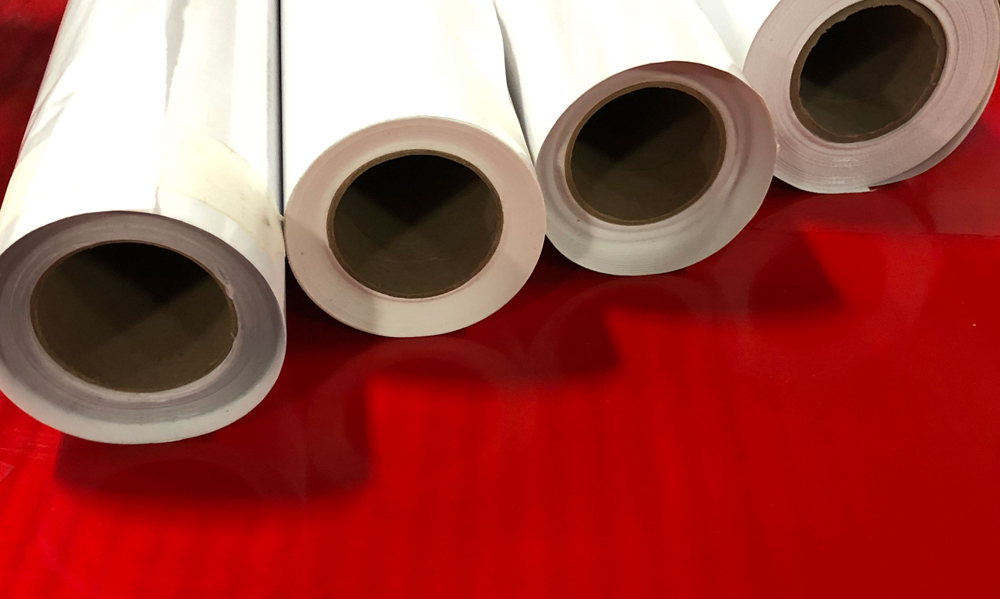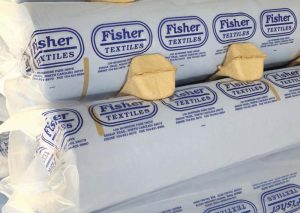By Kelly David, Marketing Manager, Kieffer | Starlite Manufacturing
 It is no secret most industries continue to be impacted by material and labor shortages due to the COVID pandemic. The main driver behind these shortages was the immediate conserving of cash flow when the pandemic caused unprecedented economic challenges.
It is no secret most industries continue to be impacted by material and labor shortages due to the COVID pandemic. The main driver behind these shortages was the immediate conserving of cash flow when the pandemic caused unprecedented economic challenges.
The perfect storm continued with the right-sizing of operations and depletion of material inventories to support cash flow. The result was not being positioned to meet the sudden increase in demand as the market shifted. Other contributing factors included inclement weather, hiring challenges, and transportation.
This has resulted in the industry needing to address these challenges and change the way we recruit and forecast demand.
Employees who lost jobs during the pandemic left industries, and it has yet to be seen that they would return. This has resulted in delays in shipping, production, and, many times, the ability to operate at full capacity. Several sectors where workers have retired face a shortage of new talent coming into the trade, which is a specific problem for the sign industry—from fabricators to installation teams.
While there is a long list of factors that can be outlined, with customers bouncing back, the sign industry is faced with managing the new daily challenges of material and labor shortages being top of that list.
Material Shortages
Manufacturers have to work with suppliers to ensure materials are available proactively. From basic raw materials to vinyl availability, supplier discussions happen weekly and, at times, daily to understand current material availability. This ultimately drives how to keep projects on track and may create the need to review other alternatives to meet customer deadlines.
It’s not so much a matter of not happening—just not happening on the expected timeframe. “Quick turn” has taken on a whole new meaning in some cases.

Roger Miller, director of national sign manufacturer Kieffer | Starlite Manufacturing in Mt. Airy, North Carolina, says, “Our team changed the way we are shipping signage for install due to the lack of availability for lumber and increased prices. Our teams noted the problem early on and began to quickly adapt so we could ensure our products were arriving without damage as a result of crating differently than our standard.”
Miller continues to elaborate that his procurement teams forecast daily the materials needed to make sure there are minimal to few surprises to our customers. “Our need to be closely connected to all teams—from sales and design—has been a real shift during these shortages,” he states. “We have to have a clear pulse on what is being specified, so we can plan or communicate any changes needed.”
We anticipate, from our discussions with various suppliers, that these shortages will improve over time. Like other industries, the bottom line is that the sign industry may need to be proactive and creative to manage shortages.
As it relates to materials, here are a few suggestions to consider:
- Review all upcoming needs for the remainder of the year, even if they are not confirmed.
- Determine what is critical and be flexible to help prioritize production planning.
- Set expectations with customers upfront that materials and turn-times need to be confirmed and may not be on the typical timeline.
- Schedule a regular call with your material suppliers. A discussion will help all parties have insight into upcoming activity, and you can understand your supplier’s procurement strategy. This dialogue will also help you be better engaged and develop a plan to better support your business objectives that could be impacted.
Labor Shortages
I am a spokesperson for Kieffer | Starlite, and our company has taken a more creative approach to hiring at our manufacturing facilities as we have needed to bring on more employees to meet demand after right-sizing during the pandemic.

We are highlighting total compensation, which includes benefits and promoting other monetary incentives such as a hiring bonus to draw attention for job seekers. It is essential we highlight the trade opportunities of the sign industry. Specific to our facilities, we discuss the custom nature of our manufacturing operations, which comes with a lot of problem-solving to meet our client’s needs. No one day is the same, which can be an exciting draw to many who specialize in our trade.
Whether it involves fabrication or a tight deadline, job satisfaction includes the process of taking a design concept and figuring out the best way to build it. There are several opportunities in a shop to experience cross-training and find a skill to build upon that is enjoyable.
Here are a few more tips I have for attracting new talent to your shop:
Meet with local schools to discuss the sign industry and post jobs on their job boards at school.
Allow for tours with potential students and highlight that the industry presents challenges, growth, and no typical day—which translates to not being a boring and repetitive job.
Communicate total compensation, which includes hourly pay and benefits pay to showcase it is more than just a paycheck.
Highlight cross-training opportunities. Potential new hires can experience an area they may want to specialize in or have the ability to work in several facets of your facility.










